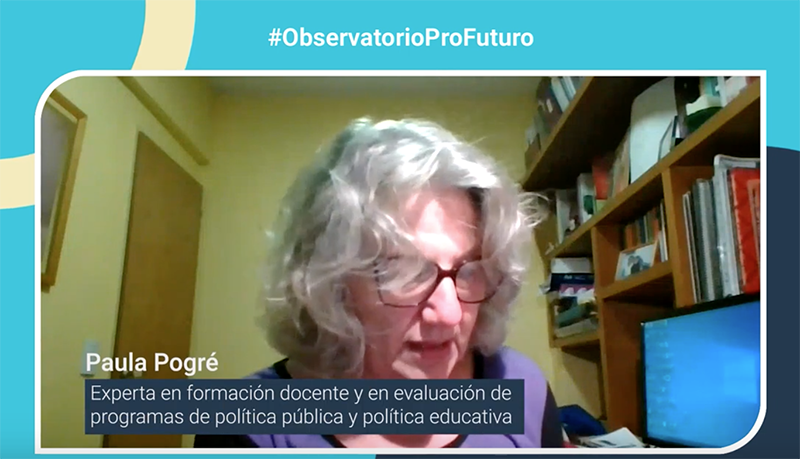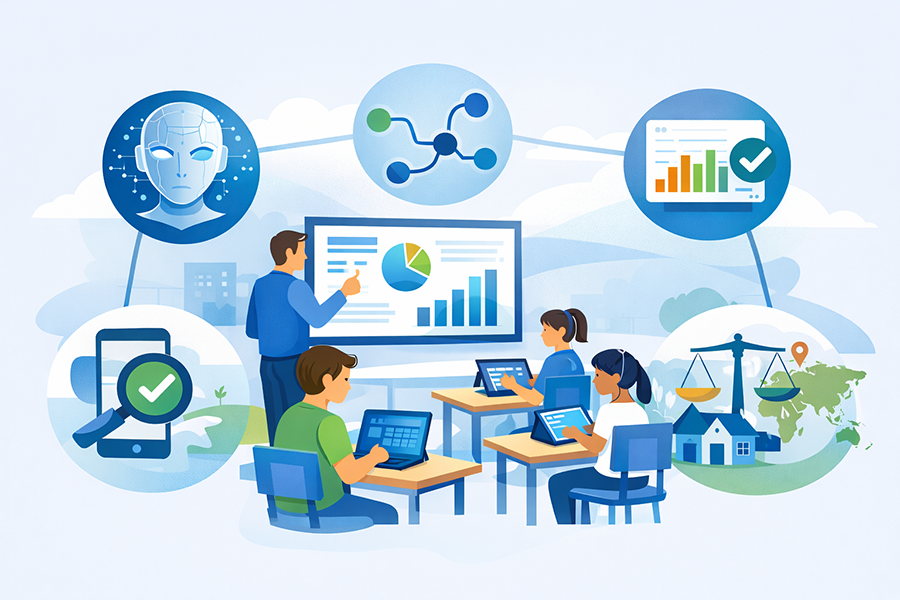Six years ago, Fundación Telefónica Peru started a very special project in nearly every region of the country which had the purpose of improving and expanding the educational and life opportunities for thousands of children. The project, under the name Aula Digital [Digital Classroom], set out to transform the conventional education given at schools into innovative learning experiences enabled by technology. Thus, in 2017, some years before the COVID-19 pandemic would disrupt the world—causing the total closure of absolutely all its schools, among other things—a number of very special cases, loaded with technology and educational material, appeared in many Peruvian schools.
Naturally, and for an initiative such as this to have a chance for success, it was crucial to train the teachers not only in this use of technology, but also in the innovative ways of teaching that were supported by these new technological resources. That’s why Digital Classroom focused its efforts on strengthening the teachers’ digital skills of the through an on-site teacher training approach.
Six years later, Fundación Telefónica Peru and UNESCO Peru have published a report that has systematised the project’s results so that they may serve as a guide for all those interested in the transformation of education. In this video, one of the authors, the expert in teacher training and the evaluation of public education policies, Paula Pogré, talks to us about the project’s results: its achievements and findings, the challenges faced and lessons learned.






